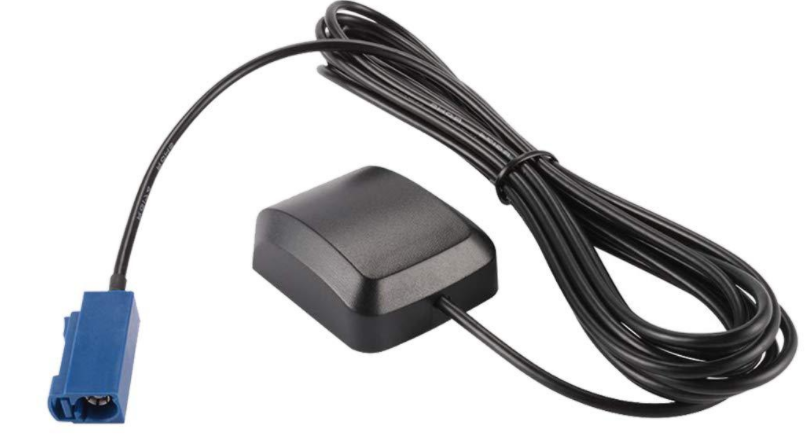Understanding GPS antenna types
GPS (Global Positioning System) is a technology that uses Satellite navigation to determine geographical location and time. The GPS antenna is an important component of GPS equipment, which can receive GPS signals from satellites and convert them into usable data. This article will analyze and explore several common types of GPS antennas.

1、 Ceramic patch antenna
Ceramic patch antenna is a low-cost and miniaturized GPS antenna. It is usually made of ceramic materials and designed with Microstrip technology. Due to its small size, light weight, and ease of integration into various devices, it is widely used in fields such as mobile phones and vehicle navigation devices. Ceramic patch antennas have good signal reception performance, but due to their small size, the antenna gain is limited, resulting in relatively low reception sensitivity.
2、 Antenna chip
Antenna chips are an integrated GPS antenna made using microchip manufacturing technology and typically packaged together with RF (Radio Frequency) chips. Compared with traditional antennas, it has a smaller size and lower cost. The antenna chip utilizes micro electronic components to receive and amplify GPS signals, and is connected to the GPS module or chip through RF pins. Although the sensitivity and gain of antenna chips are relatively low, due to their high integration, they are suitable for devices with limited space, such as smartwatches and wearable devices.
3、 Load antenna
Load antenna, also known as antenna load, is an antenna that loads physical loads on the antenna structure to achieve multi band characteristics, which can achieve a wider frequency range and antenna gain. Load antennas can be divided into two types: notch load antennas and sidelobe load antennas. The notch load antenna traps waves by loading appropriate inductors and capacitors on the antenna, so that the antenna is not affected by other frequency bands when receiving GPS signals, improving its signal-to-noise ratio and reception quality. The sidelobe loaded antenna is designed to optimize the gain distribution by loading impedance transmitting devices on the antenna, changing the radiation characteristics of the antenna.
4、 Antenna feeder
The antenna feed line antenna is a special type of GPS antenna that integrates antenna components with the antenna feed line to form an integrated structure. The antenna feeder line antenna has high sensitivity and gain, and can receive weak GPS signals over relatively long distance ranges. Due to its antenna components and antenna feeder being in the same structure, the matching performance between them is better, reducing signal transmission loss and improving signal reception effect.
In summary, there are various types of GPS antennas, each with its own characteristics and applicable scenarios. Ceramic patch antennas are suitable for devices with size and cost limitations, antenna chips are suitable for devices with high integration requirements, load antennas are suitable for devices that need to optimize frequency band characteristics, and sky feeder antennas are suitable for devices that require high reception sensitivity and gain. Understanding different types of GPS antennas helps us choose GPS devices that are suitable for our needs and understand their working principles and advantages.





